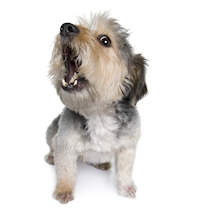FREE BOOK

Heal Your Dog or Cat at Home
- PLUS - 3 FREE Videos
Also signs you up for daily newsletter ~ unsubscribe anytime.
Dr. Jones' Privacy guarantee:
"I respect your privacy. I will NEVER sell, rent or share your email address. That's more than a policy, it's my personal guarantee!"
Dr. Andrew Jones, DVM 
Barking Dog Driving You Nuts?!?
Be a Part of Nobar Live Streaming game by 
Learn the easy solution here!
SPONSORED LINKS
ห้อง IM กีฬา 88 Asias
Thể Thao 90 |